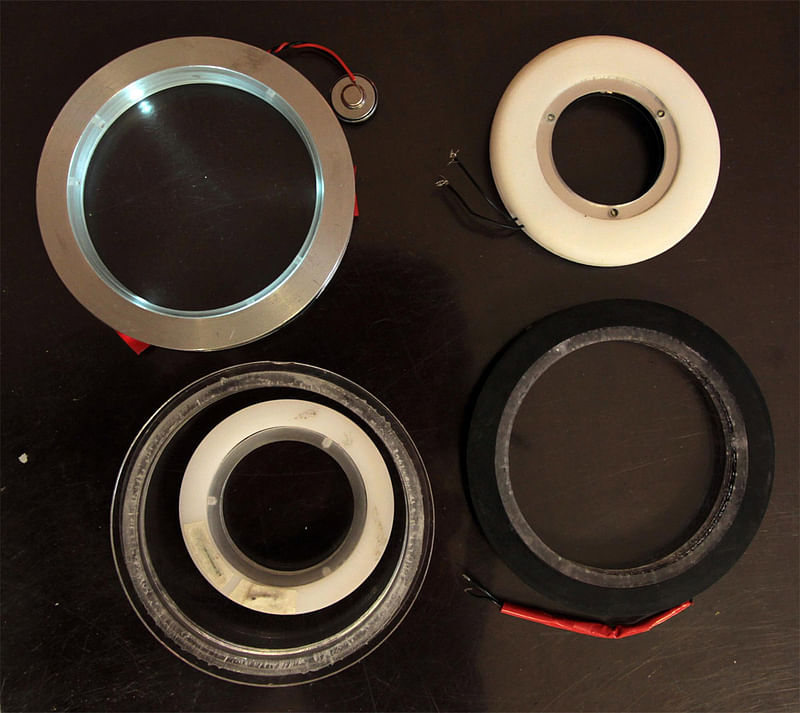SafetyNet Wins First Prize at 2012 James Dyson Awards
By Bustler Editors|
Thursday, Nov 8, 2012

Related
One winner and two runners-up have today been announced at this year's edition of the James Dyson Awards, an international student design award running in 18 countries. The first prize went to the entry 'SafetyNet - Escape Rings' from the UK. The two runners-up were the design concepts 'The BETH Project' from the United States and 'Revival Vest' from New Zealand.
SafetyNet Explanatory Video
Project Description of "SafetyNet - Escape Rings":
Function
The goal of the SafetyNet system is to make commercial fishing more sustainable by significantly decreasing the numbers of non-target and juvenile fish caught during the trawling process. Escape Ring devices form a part of this system, and are currently the focus of the development work. The rings tackle the problem of holes in a net closing up during trawling when under tension. Many small fish are unable to escape, or are severely injured in the process. Escape Rings hold the meshes open, and a simple light ring acts as an emergency exit sign. The lights make the rings more visible and also stimulate fish escape reactions, guiding them out. All electronic devices are powered by a tested on-board energy harvesting system, meaning that once fishermen fit the devices to their nets they never have to think about them again. When trawls reach the end of their working life, the Escape Rings can be removed and fitted to the new one. The Rings are available in a range of sizes.

Inspiration
While completing a Masters of Engineering degree in Glasgow, Scotland, I chose to work on this for my final year project. A BBC article had alerted me to some of the issues around the problem and I wanted to find out more. 40% of the global population are dependent on fish as their protein source, and yet commercial fisheries are struggling to fish sustainably. Half of fish caught in the North Sea, many of them juveniles, are thrown back dead, leading to diminishing stocks. This is a global problem which needs to be solved in order to guarantee a reliable food supply for future generations. I was well placed to interact with the Scottish fishing community and gear technologists and it made sense to work on a local problem where I could experience, and hopefully find some empathy with, the industry. The project turned into a personal interest and the development continued past the end of my degree and has now turned into a start-up business.



Development
Several working prototypes have been created - both battery powered and energy harvesting - and the rings will soon be trialled in conjunction with a UK government body. Particular attention has been paid to finding materials and processes that can; -Withstand the rough nature of the fishing industry and chemical attack of a marine environment. -Keep manufacturing cost and complexity to a minimum, making them affordable for fishermen. Strength, performance at 25 atmospheres pressure and different methods of power generation have all been subject to rigorous testing and iteration. Rings weigh under 100g, are 20mm thick, and able to stand compression from a full trawl under towing conditions. Fishermen have been consulted at every stage from inception to prototype, and their feedback has helped make the Escape Rings what they are in terms of usability and fitness for purpose. The goal has always been to create a product that would actually be used and their support has helped immensely.





Here is also the video of the runner-up entry 'The BETH Project':
The BeTH Project
For images of 'The BeTH Project' and 'Revival Vest', check out the image gallery below. All images courtesy of the James Dyson Awards.



















Share
0 Comments
Comment as :